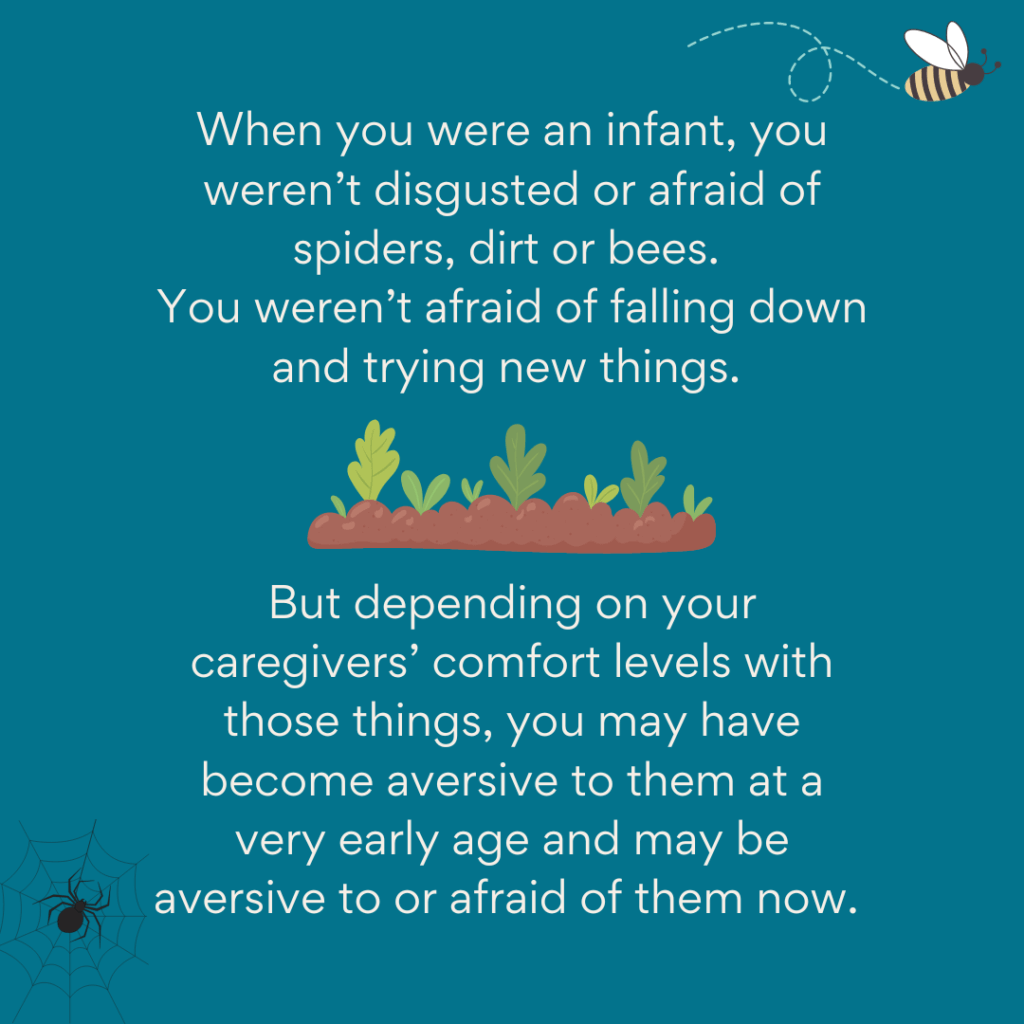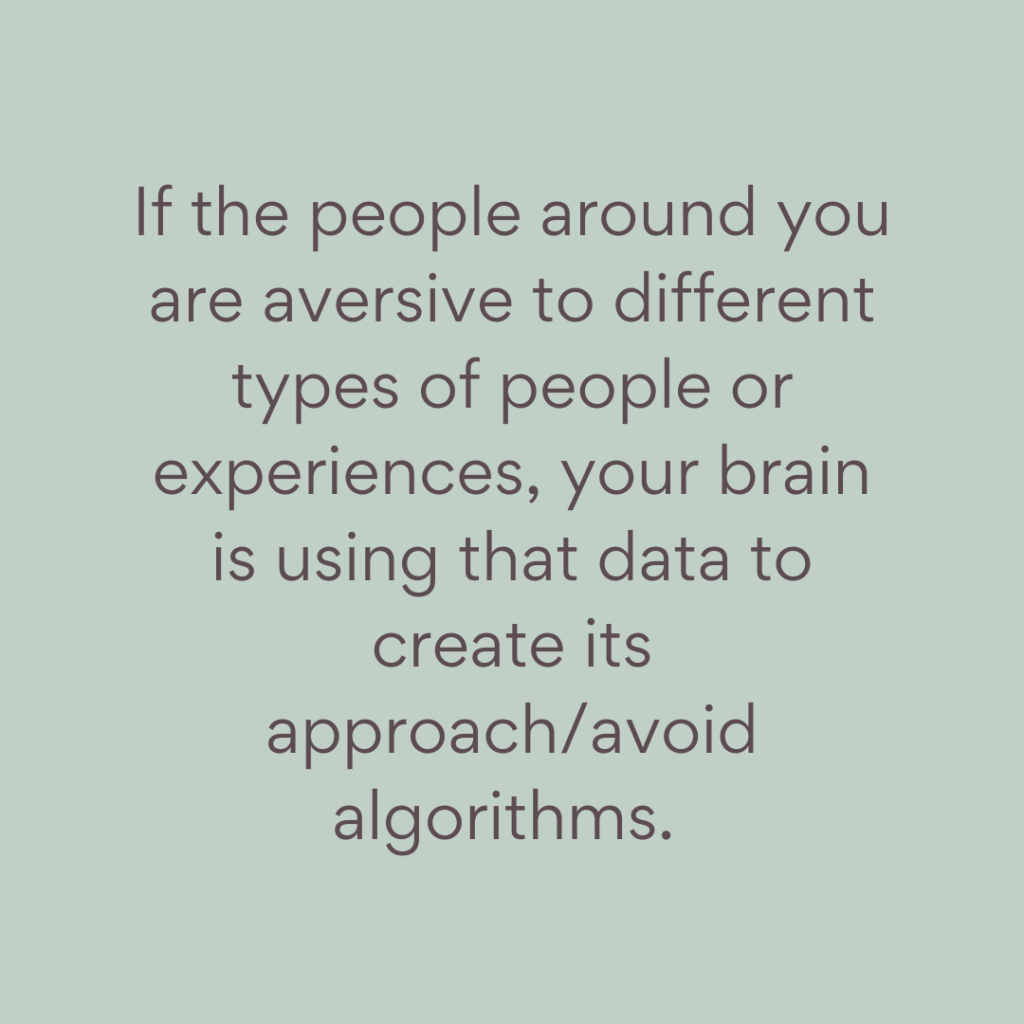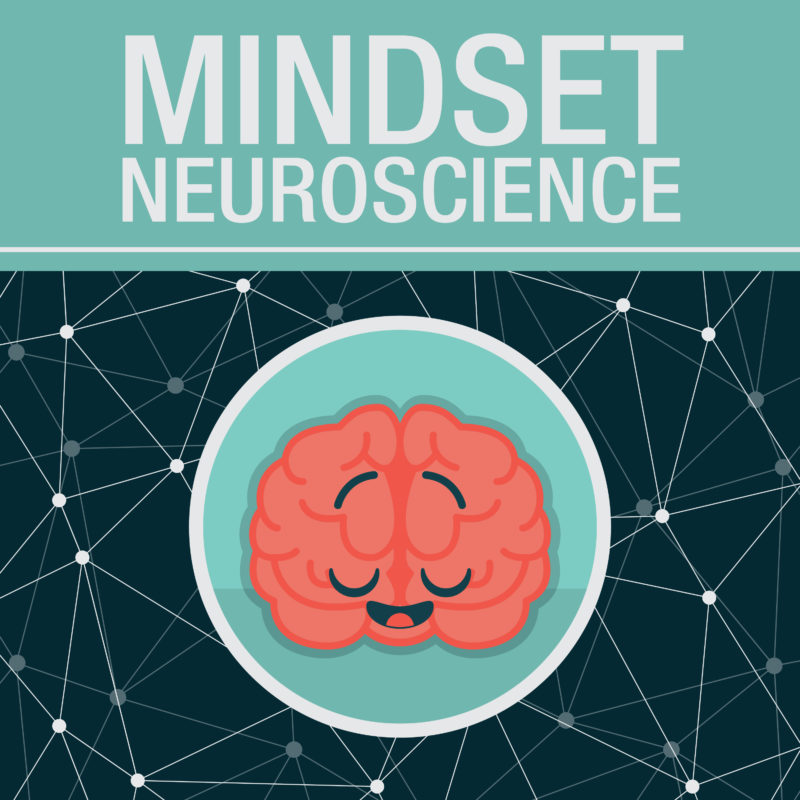The moment you learned to walk, the entire social and power dynamic between you and your caregivers changed.
When you were an infant and lacked mobility, your caregiver would easily be able to track where you were. If they left you in the crib, they could be pretty much certain, you would still be there when they returned.
As you began to move out of their reach, your caregiver needed to take on the role of ‘socialization agent’ and inhibitor of action to protect you from walking into danger or moving too far away where you were no longer visible.

This meant two things:
- Your caregiver would start saying NO more and prohibiting your exploration
- You needed a way to stay safe as you moved physically away from your protector
Which then resulted in two major changes:
- You and your caregiver would begin to have power struggles as you increased your degrees of freedom
- You would need to ‘check in’ to your caregiver to know if something was safe or dangerous. This is called Social Referencing
One key way a caregiver ‘prohibited’ your action is through a sudden disruption in internal state attunement.
Each time you began to explore your environment, your mobilization-energizing systems would have been active. Depending on each scenario, your caregiver would need to use voice and face to get you to stop going too far. The way to do this is to put a brake on your energized state. Human caregivers do this by using the word NO and making facial gestures that indicate disapproval of your actions. This is the mechanism of 'shame' - an inhibitor of interest-excitement and enjoyment-joy to reduce exposure or exploration (Tomkins, 1963; Schore, 2003)*.
*more on this in an upcoming article
How this relates to you now...
Every caregiver has different levels of comfort and anxiety related to safety, danger and exploration
Their comfort levels are based on their past experiences. Depending on what a caregiver perceives as dangerous, they will use a lot of prohibitory mechanisms to keep a child ‘safe’ (according to their perception).
What the people around you were afraid of, disgusted by or avoided may not be things that are necessarily dangerous or inherently 'bad' for us.
These include social types of danger such as rejection, failure, looking stupid, not fitting in, meeting new people, encounters with people who are very different or unfamiliar. Another example I’ve witnessed in certain caregivers is an over-protection against germs, scraped knees, insects, and animals that will not cause them harm
If any of these things feel aversive to you, part of your aversion may have some roots in the social referencing activity that happened between you and the people around you most when you were growing up.
Your caregivers’ and social circles' perceptions of these things created an internal state within them which they would then transmit in the form of facial expressions, smell, voice frequencies, body posture, etc. - that became the reference point you used for your own algorithms of aversion, avoidance or approach. This is extremely important for actual dangers because as a child you also were not afraid of running into the street, sharp objects or hot stoves. Instead of learning in a way that can hurt or kill us, humans use social referencing to optimize our survival.
But remember that the same mechanism is in place for all things you were exposed to.
When you were a very young infant, you weren’t disgusted or afraid of spiders, dirt or bees. You weren’t afraid of falling down and trying new things. But depending on your caregivers’ comfort levels with those things, you may have become aversive to them at a very early age and may be be aversive to or afraid of them now.

Our current social circles also play a role in this now.
If the people around you are aversive to different types of people or experiences, your brain is using that data to create its approach/avoid algorithms.
I bring this up because many of us may be limiting ourselves to experiences that stay within the confines of what we are familiar with. Our experiences stay within a certain range and repetitiveness. We tend to talk to the same people, hear the same perspectives, use similar vocabulary. Routine and repetition are critically important. I have very structured routines each day that I have curated intentionally to align with my highest neurophysiological functioning. These routines include segments of meditation, rest, movement, creativity, work, etc... Even my outfits are more like a uniform in that I wear some combination of the same thing each day.
The automation of these routines also help the brain preserve decision-making resources and energy. That energy can then be used for learning, exploration and expansion. This type of stability and structure also helps create a sense of safety, which is an important component of resilience.
BUT...
Another key factor of resilience is the ability to adapt and evolve according to emerging situations.
To do this, our brain benefits from having extremely large data sets that span a wide range of territories and conditions.
Exposing ourselves to variable and new data (in the form of experiences), may offer us an exception to a rule/belief/perspective we have about ourselves, others or the world. For example, if you believe you are too weak, old, not intelligent enough to learn something new and then you have an experience where you are challenged to do this and succeed - you have disrupted that algorithm. Your brain now has to update the logic model of ‘you aren’t good at learning’ to make room for this exception.

We may also be limiting the long-term resilience of our brain-body system by robbing it of sensory-motor variability.
Many of us use our hands and fingers in the same way every day and are not engaging in other types of smells, textures, sights, sounds, etc., I see this particularly in adolescents and emerging adults. When we do this, we create extremely repetitive activation of similar networks in the brain. This means we are reducing activity in other areas. The more connectivity we can create in the brain across multiple networks, the better it gets at being a self-regulating system.
To update our algorithms and enhance our brain functioning, there is one key thing we can do:
Intentionally add experiences into our weekly routine that engage our sensory-motor systems in ways that are completely unfamiliar to us.
That is the essence of my interview with Jason Knight, director of Alderleaf Wilderness College. I learned about him after taking a course on survival skills and exploring the campus.
In this interview, we discuss:
- Jason’s journey to becoming a wilderness expert and his desire to connect people more deeply with nature and the types of thinking that come with those experiences;
- How people’s mindsets get disrupted when they experience a learning environment that challenges what they are used to;
- How our awareness expands as we spend time in nature: we begin to see allies, tools and individuated beings;
- A truly embodied perspective of empathy: working with natural systems requires us to move out of our self-referential networks and expand into neural territories that recognize how another living organism can perceive the world differently than us;
- High-level pattern recognition: how get the best possible solution and sustainable way of achieving a goal by expanding the space-time horizon and creating maps to see multiple systems working together across long periods of time
Resources :
Alderleaf Wilderness College - wildernesscollege.com
Ray Mears
Mors Kochanski - Bushcraft: Outdoor Skills and Wilderness Survival
Mark Elbroch and Mike Pewtherer - Wilderness Survival: Living Off the Land with the Clothes on Your Back and the Knife on Your Belt
Kevin Estela - 101 Skills You Need to Survive in the Woods: The Most Effective Wilderness Know-How on Fire-Making, Knife Work, Navigation, Shelter, Food and More
Schore, Alan (2003) Affect Dysregulation and the Origins of the Self
Tomkins, S. (1963) Affect/imagery/consciousness: Vol. 2. The negative affects.
On a side note...
In 2011, during my time as a school counselor, I saw students ranging from kindergarten to 12th grade. As we explored their challenges, what came up again and again was neuroplasticity and self-regulation. I found a way to draw, demonstrate and help them embody an understanding of how brains get built, how the people around us can affect how we feel inside, and what we can do to take more control of our thoughts, feelings and actions.
Many of the students would report to me the improvements they saw in their lives. One day, I decided to email the principal at one of the schools and offer a presentation about neuroscience and self-regulation. She agreed and later that week, I arrived to see the gym set up for 400 students! After that presentation, a line-up of students and teachers came to see me to learn more. I began to offer more workshops to parents and teachers at the schools, and started spending my evenings at community centers, universities and hospitals sharing ideas about resilience and mindset from a neuroscience perspective. All of those moments have integrated into what I share with you now.
As I shared in my last article, I would like to hold a retreat - possibly next year - that brings people together in the same way but on a deeper level. Two different retreats focused on building resilience, self-regulation and co-regulation skills using neuroscience-informed principles, including how childhood experiences influence stress responses and perception. One for adults and children together, the other for adults only. I have a particular interest in serving military and law enforcement families, so please forward this to anyone you think would be interested.
If this sounds interesting to you, I'd love for you to fill out this survey

